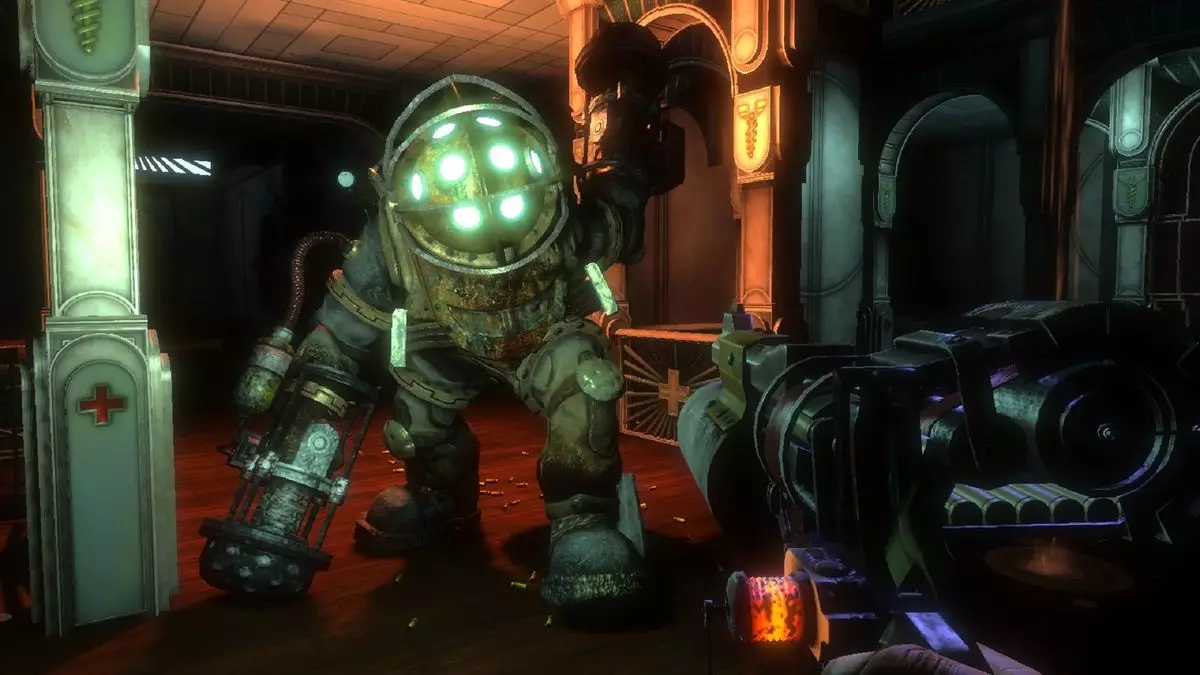In a recent conversation, renowned game developer Ken Levine reassessed his critically acclaimed works, particularly the BioShock series, describing them as “basically a corridor.” This surprising declaration is part of a broader narrative where Levine explores the future of interactive storytelling in his upcoming game, Judas. By reflecting on his past creations, Levine sets the stage for a new approach to player engagement and immersion in gaming.
Levine’s comments have sparked discussions within the gaming community about the trajectory of interactive media. He emphasizes that Judas will differ significantly from its predecessors. Instead of directing players through linear paths filled with scripted events, Levine envisions a world that responds dynamically to player choices. He likens traditional BioShock games to a long corridor filled with checkpoints, suggesting a model that, while visually appealing and thematically rich, limited player agency.
He asserts that Judas aims to be a more interactive experience that mirrors the complexities of human choice and consequence. The game world will observe players’ actions—building a reactive narrative landscape where in-game characters respond to decisions in real-time. This ambitious goal raises questions about the depth and variability of player interactions within the game universe.
Creating a game that adapts to player actions is no small feat. Levine acknowledges the daunting task ahead, noting the effort required to track and script numerous variables that define gameplay. The challenge lies not only in developing a game that reflects player decisions but also in ensuring that character reactions feel authentic and organic.
As the team behind Judas delves into this complex task, they are confronted with the reality of writing in-character responses that encapsulate the nuances of player behavior. Characters will not only comment on actions like combat choices but will also take note of players’ navigational strategies, introducing an additional layer of gameplay intricacy that has rarely been seen in the industry.
The BioShock titles undoubtedly provided players with rich narratives and emotional depth, immersing them within their meticulously crafted environments. However, the linearity inherent in their design often constricted player agency. In contrast, Judas promises to foster a more fluid gameplay experience, challenging the notion of railroading gamers into predefined paths.
Levine’s emphasis on player choice echoes the demands of the modern gaming demographic, which increasingly favors personalized experiences over carefully scripted storylines. By steering away from conventional designs, Judas has the potential to set a new standard for narrative-driven games, where each player’s journey becomes a unique story shaped by their decisions.
As gamers await the release of Judas on multiple platforms, interest mounts regarding how it will inherit or diverge from the BioShock legacy. If Levine can successfully realize his vision, we may witness a paradigm shift in the industry, moving from linear narratives to vibrant, dynamic worlds where player actions reverberate throughout the gameplay experience. The anticipation surrounding both Judas and the future of the BioShock franchise underscores the desire for innovation in storytelling, inviting both excitement and skepticism from a community eager for evolution.

